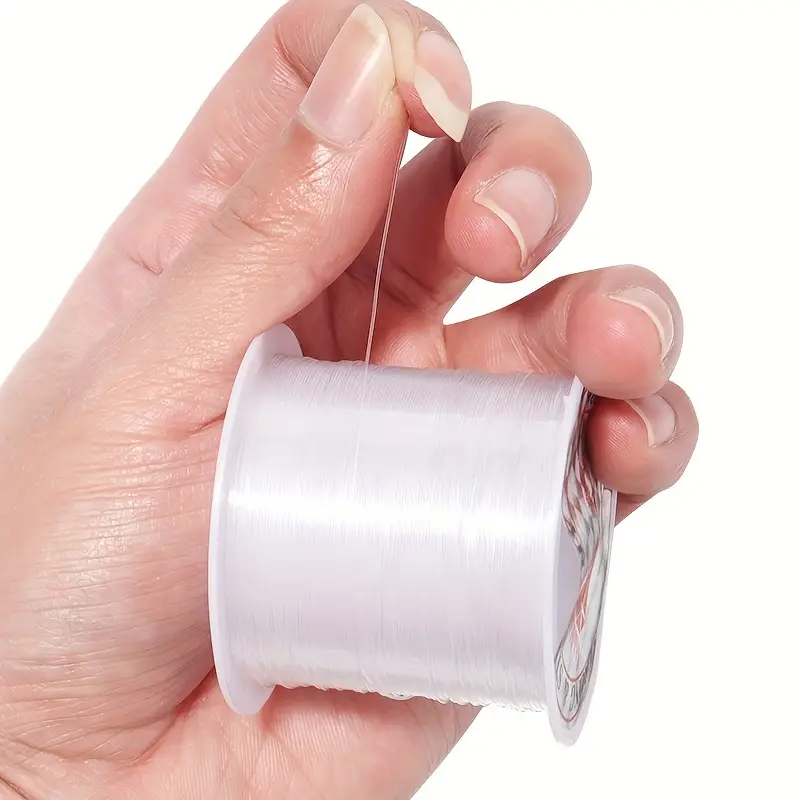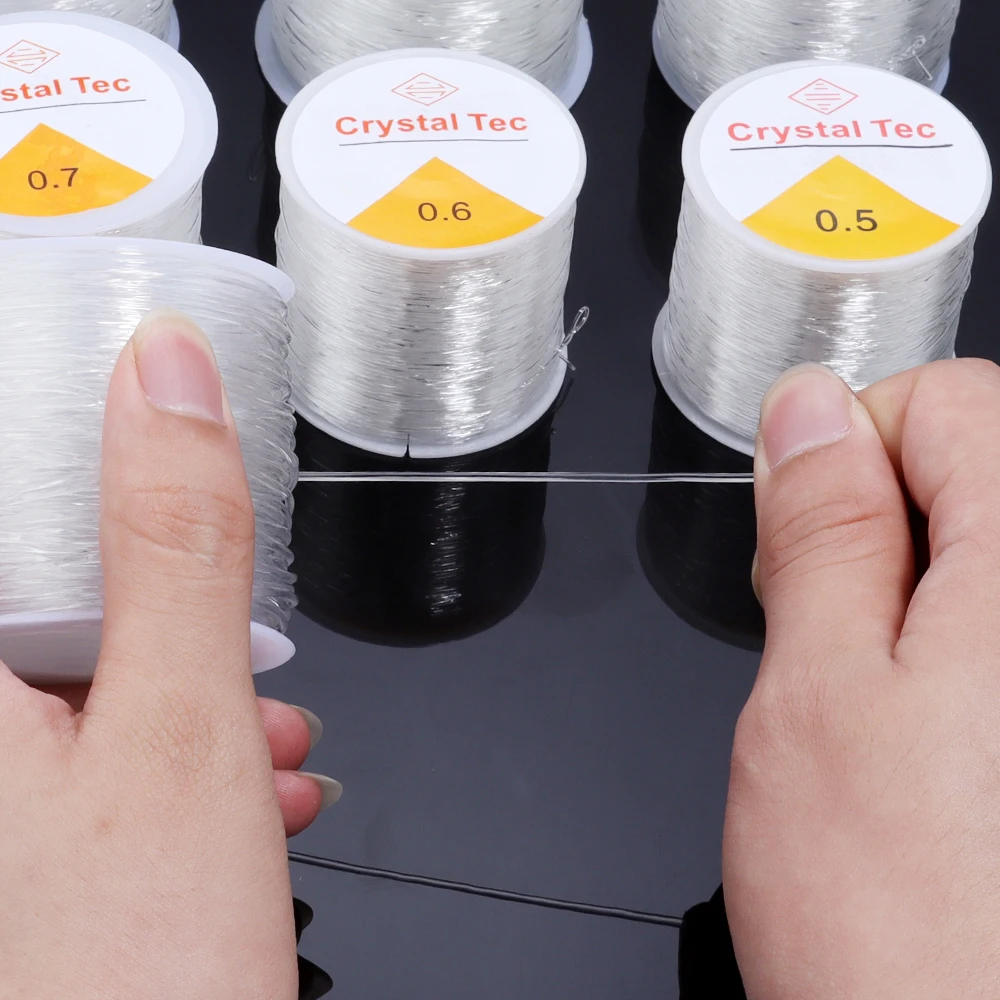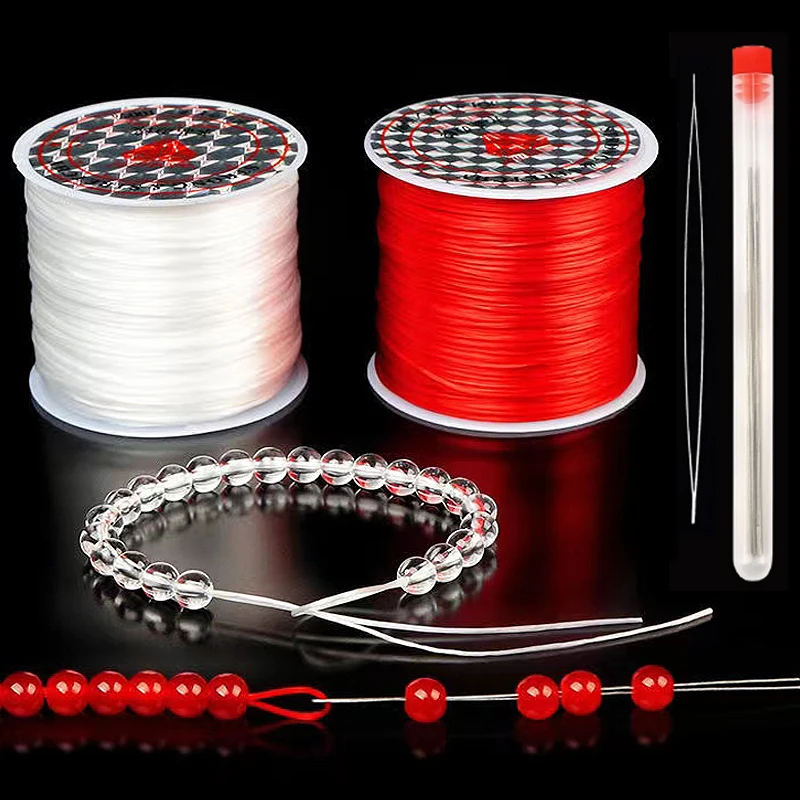An Intricate History
Beading string has been an essential element in jewelry making for centuries. This craft traces its roots back to ancient civilizations. Early cultures utilized readily available materials like bones, shells, and plant fibers. They strung these elements together to create wearable art. Over time, civilizations across the globe developed their distinct beading techniques. Indigenous communities in Africa, for example, revered beadwork as a cultural symbol. Similarly, Native American tribes used bead strings to showcase their heritage. Modern-day enthusiasts continue to celebrate these ancient traditions. They integrate new materials and methods into their beadwork. Consequently, beading string remains a vibrant and adaptive craft. The historical significance attached to it adds a layer of depth. This depth not only enhances its visual appeal but also its cultural importance. Through the ages, beading string remains a testament to human creativity and resourcefulness.
Types of Beading Strings
Natural Materials
Natural materials were the pioneers in beading string history. Early beads were often strung together using sinew from animals. Plant fibers like hemp and cotton became popular options over time. These materials offered durability and flexibility. Cotton, for example, is still a favored choice today. It’s user-friendly, versatile, and widely available. Hemp is another cherished material. Although it is slightly rougher, it provides a natural aesthetic appeal. Both these materials are often used in making organic and rustic jewelry pieces. They also offer substantial flexibility and ease of use. These aspects make them ideal for beginners. The varied textures and hues of natural fibers add uniqueness to each creation.
Synthetic Options
Synthetic materials began appearing in the mid-20th century. They quickly gained popularity due to their favorable properties. Nylon and polyester beading threads emerged as popular choices. These materials offer impressive strength and durability. Additionally, they come in various colors and finishes. Nylon is especially favored for its elasticity. It allows for tight, secure knots and versatile designs. Polyester shares similar qualities but offers even greater durability. Both options are resistant to fraying and discoloration. This enhances the longevity of the finished product. Modern synthetic threads often contain specialized coatings. These coatings can enhance strength and reduce friction. Over time, synthetic options have become integral to contemporary beadwork.

Essential Tools and Accessories
Needles
Needles are indispensable to the beading string process. They facilitate the threading of beads onto the string. Traditional sewing needles can suffice for larger beads. However, beading needles offer superior precision for intricate work. These needles are thin and flexible yet durable. They easily glide through tiny bead holes. This makes them ideal for complex designs. Many beaders prefer using specialized needles like twisted wire needles. Their unique construction allows them to pass through beads of varying sizes effortlessly. Choosing the right needle can enhance the overall efficiency and outcome of the work. Investing in high-quality needles pays off in the long run.
Bead Boards and Mats
Bead boards and mats are essential for organizing beading projects. They provide a stable surface for laying out designs. Bead boards often come with multiple compartments. These compartments keep beads sorted and easily accessible. Mats offer a non-slip surface. This prevents beads from rolling away during the crafting process. Many mats also feature a cushioned texture. This reduces strain on the hands and wrists during long sessions. The convenience provided by these tools enhances the beading experience. They allow for better focus and precision. In turn, this leads to more polished final products.
Techniques and Methods
Knotting
Knotting is a fundamental technique in beading string crafts. This method involves tying knots between each bead. This separates and secures them in place. Knotting adds an element of sophistication to the design. Additionally, it increases the durability of the jewelry. If the string breaks, the knots prevent all the beads from scattering. Pearl knotting is a renowned example of this technique. It is commonly used in stringing delicate pearls and gemstones. Different types of knots serve various purposes in beading. Overhand knots are simple yet effective. Surgeon’s knots provide extra security. Mastering various knots can elevate the quality of beadwork. Each knot adds a layer of intricacy and durability.
Loom Weaving
Loom weaving introduces added complexity to beadwork. This technique uses a loom to hold the beading string taut. Beads are then woven onto the string, creating intricate patterns. Loom weaving allows for a high degree of precision. This enables the creation of complex designs and motifs. The loom guides the beader in maintaining consistent tension. This ensures that the beadwork remains uniform in appearance. Bracelets, belts, and decorative tapestries benefit from this method greatly. Although loom weaving requires more equipment, the results are worthwhile. It offers endless possibilities for creativity. The precision and detail achievable make it a favored technique among advanced beaders.

Practical Applications
Fashion and Jewelry
Beading strings find extensive use in fashion and jewelry. They form the backbone of necklaces, bracelets, and anklets. These items range from simple, minimalist designs to complex, elaborate creations. The versatility of beading strings is a significant advantage. They accommodate various bead types, sizes, and materials. This provides endless design possibilities. Fashion designers often incorporate beaded jewelry in their collections. This adds a unique, handmade touch to their creations. Many fashion-forward individuals prefer custom-made beaded jewelry. It allows them to express their personality and style. Consequently, the demand for skilled beadwork continues to rise in the fashion industry.
Home Decor
Beaded strings make a significant impact on home decor. Designers often incorporate them into items like curtains, lampshades, and wall hangings. The possibilities for customization are vast. One can use different beads, colors, and patterns to complement home aesthetics. Beaded strings add a touch of elegance and personality to interior spaces. They can transform simple household items into artistic statements. DIY enthusiasts frequently use beading strings for home improvement projects. They relish the opportunity to create customized decor. Additionally, beaded decor can be a conversation starter. It showcases the homeowner’s artistic flair and attention to detail.
Maintaining and Caring for Beading Strings
Cleaning
Proper cleaning ensures the longevity of beading strings. Over time, dust and oils can accumulate, affecting the appearance and durability. Gentle cleaning methods are essential to avoid damage. A soft cloth can be used to wipe down the string. For more thorough cleaning, a mild soap solution works well. Avoid using harsh chemicals, as they can cause discoloration or degradation. Natural fiber strings may require more delicate handling. After cleaning, ensure the string is thoroughly dried. Moisture can lead to mold or weakening of the material. Proper cleaning habits maintain the beauty and integrity of beaded items.
Storage
Correct storage is crucial for preserving beaded creations. Keep them away from direct sunlight to prevent fading. Store them in a cool, dry place to avoid moisture damage. Organizers with individual compartments work best. They keep strings and beads separated and tangle-free. Soft pouches offer additional protection for delicate pieces. For long-term storage, silica gel packets can be added to absorb excess moisture. Regularly check stored items for signs of wear or mold. An organized storage system allows for easy access and quick project setup. Good storage practices extend the life and beauty of beaded creations.

Inspirational Ideas
Seasonal Themes
Seasonal themes provide fresh inspiration for beadwork projects. Spring can evoke floral patterns and pastel colors. Summer themes often incorporate bright colors and beach-inspired designs. Fall invites earthy tones and rustic materials. Winter themes might include icy blues and festive elements. Each season offers unique inspiration. Seasonal beadwork makes excellent gifts and decor. They align with the changing aesthetics and moods of different times of the year. Exploring seasonal themes can renew creativity and motivation. It broadens the scope of designs and keeps the craft engaging.
Special Occasions
Special occasions offer unique opportunities for beadwork. Customized beaded jewelry makes cherished gifts for birthdays and anniversaries. Festive holidays inspire themed beadwork, adding a personal touch to celebrations. Weddings present the chance for intricate, elegant designs in bridal jewelry. Valentine’s Day inspires romantic motifs and color palettes. Beaded crafts can also memorialize loved ones with keepsake items. The versatility of beading strings allows for endless customization. This makes each creation precious and meaningful. Designing for special occasions adds emotional depth to the beadwork. It creates lasting memories through the art of beading.
Conclusion
Beading string is more than just a material; it’s a gateway to creativity and tradition. From ancient civilizations to modern artisans, the use of beading strings reflects continuous evolution. Various materials, tools, and techniques enhance the craft. Whether for fashion, home decor, or personal expression, beadwork offers endless possibilities. Proper care and thoughtful inspiration keep the craft thriving. As you explore the world of beading strings, remember the rich history and cultural significance behind each creation. May your projects be as intricate and beautiful as the craft itself.
